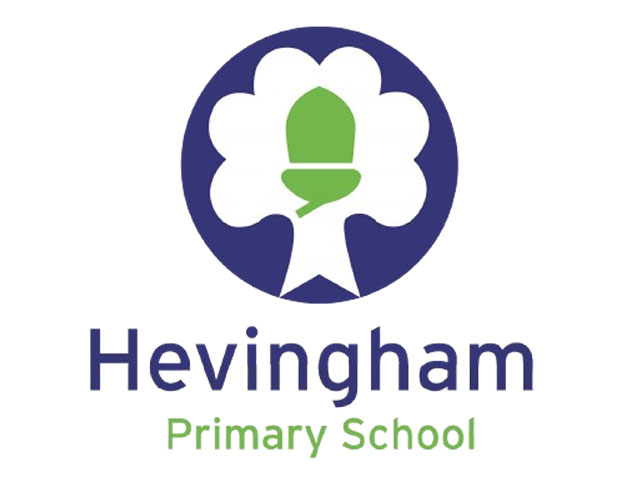| 7. Care For A Living Thing | |||
| Milestones | What this will look like | How adults can help | |
| Children notice how familiar adults care for living things and imitate this within their play. | Children will talk about pets within their families and can identify how these need to be cared for. Within imaginative play, children may act out caring for a pet or baby including feeding, cuddling and giving a safe space to rest. Children will show some understanding for the need to care for living things in the natural world by, for example, watering the plants. | Adults can talk to children about their families and the roles within it. Adults can share books with children about caring for others, plants or animals. Adults will talk to children about why we care for living things and how this makes ourselves and others feel. Adults will plan an environment that allows children to take some responsibility for caring. Adults will celebrate children’s acts of kindness. | |
| Children are curious about their environment and enjoy exploring their surroundings. | Children will show curiosity and ask questions about the things they observe while outside. Children may begin to notice some change or develop an interest in a particular animal. | Adults will provide a stimulating and engaging outside environment that children are free to explore when they choose. Adults will point out interesting things around the environment and changes that have taken place, supporting children to do the same. “I can see that the leaves on this tree are changing colour. What can you see?” Adults will encourage and support specific interests in an animal or activity, offering new experiences or knowledge. | |
| Between 3 – 4 Years Old | Children are able to talk about the things they observe. | Children will ask questions about the things they observe within the natural world. They may be able to draw on their own experiences to answer the questions of others. Children will begin to use new and relevant vocabulary to talk about plants and animals. Children may draw pictures of plants or animals, naming them and identifying some key parts. | Adults will provide a stimulating and engaging outside environment that children are free to explore when they choose. Adults will point out interesting things around the environment and changes that have taken place, supporting children to do the same. They will introduce and model the use of new and interesting vocabulary. Adults will share books about the natural world, stories and non-fiction, and make these available for the children to access independently. |
| Children begin to develop a basic understanding of change and growth. | Children will begin to notice changes in the world around them. Children will talk about growth in relation to humans and animals. Children will develop an understanding of what plants and animals need to grow successfully. | Adults will offer opportunities to experience growth and change, such as planting seeds. Adults will use the children’s real world experiences to develop knowledge and understanding, such as talking about a baby being born or seeing chicks at the farm. | |
| Children show respect for the environment and all living things. | Children will show care for their own environment by doing things such as putting litter in the bin or putting a found ladybird somewhere safe. They will talk about why it is important to care for the environment and living things, showing an awareness of the impact of their own actions. | Adults will encourage children to care for their environment and the living things within it. Acts of kindness and respect will be celebrated. Adults may use books and stories to discuss the impact of our actions on our environments and the living things within it. | |
| During the Reception Year | Children enjoy exploring and investigating the natural world around them. | Children are able to undertake simple investigations within their own environments. Children are aware of differences between environments and develop some understanding of how animals and plants adapt to their environment. Children ask questions about the things they observe and draw on their own knowledge and experiences to answer the questions of others. | Adults will teach how to undertake simple investigations, such as growing plants or minibeast hunts. Adults will use film, books and stories to show children a range of environments, plants and animals that they may be unfamiliar with. Adults will offer opportunities to experience growth and change, such as planting seeds or hatching eggs. Adults will use the children’s real world experiences and interests to develop knowledge and understanding. Adults will continue to introduce children to new and interesting vocabulary. Adults will make time to notice change, such as the seasons, and discuss this with the children. |
| Children demonstrate a good understanding of change and growth. | Children are able to comment on change and growth. They can explain how animals and plants change throughout their life cycles. Children notice and talk about how the seasons and weather change. They are able to discuss the impact that this has on the natural world. Children are able to care effectively for living things such as plants or animals. | ||


